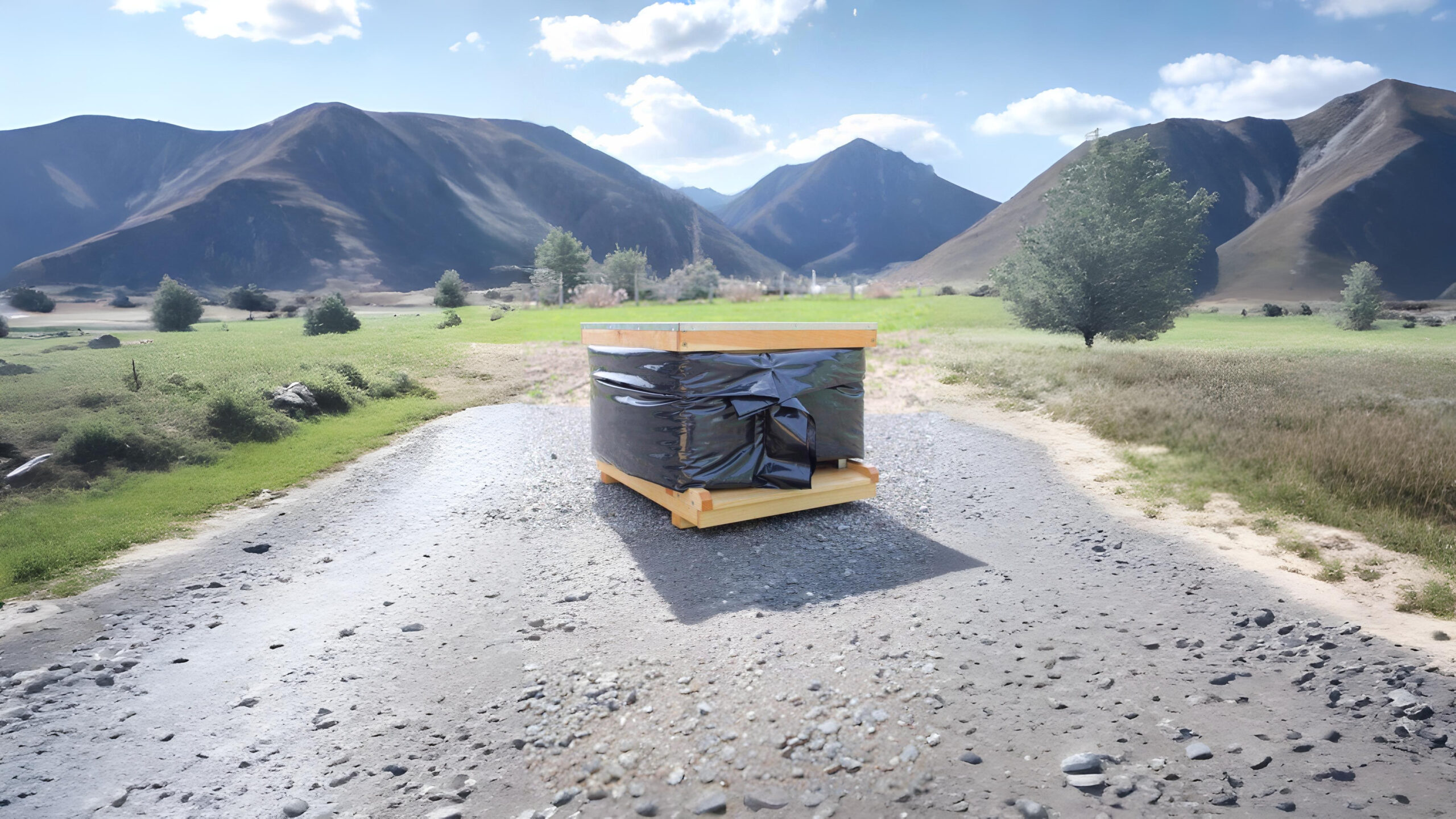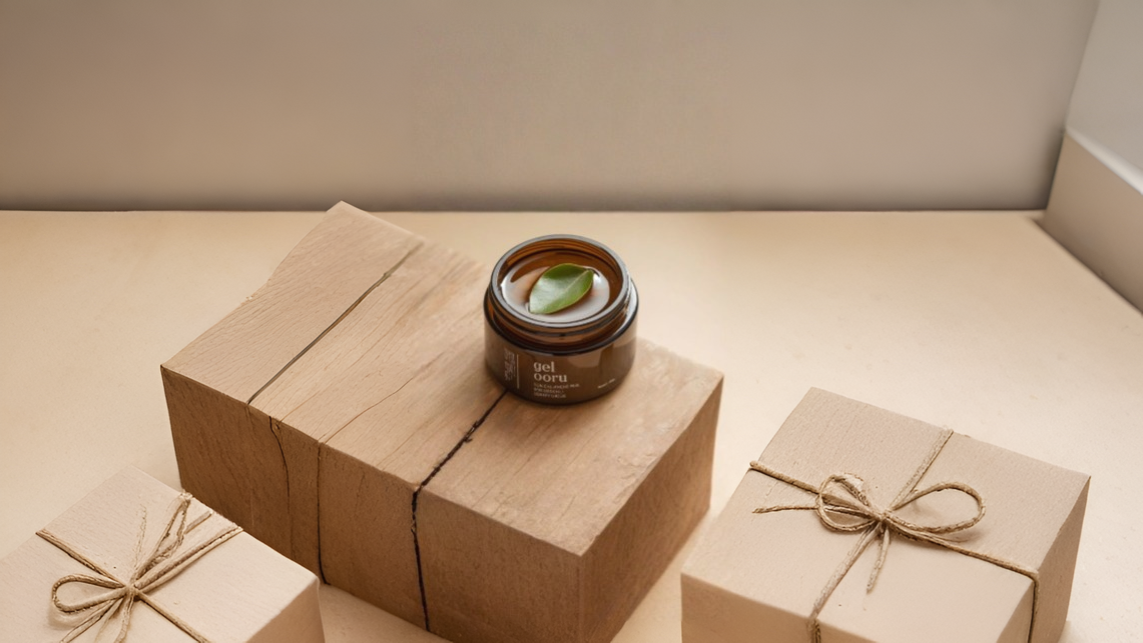Bees are tough little creatures, but winter can be challenging for them. Cold temperatures, strong winds, and moisture inside the hive can put their survival at risk. Honeybees cluster together to keep warm, but if the hive is not well-protected, they might struggle to stay alive. This is why beekeepers use winter bee hive wraps to help maintain a stable temperature and protect the colony from harsh weather.
In many regions, winter can be long and brutal. Without proper insulation, the bees have to use more energy to stay warm, which means they consume more stored honey. If they run out of food before spring arrives, they may not survive. A well-wrapped hive can make all the difference in helping them get through the cold months safely.
What Are Winter Bee Hive Wraps?
Winter bee hive wraps are insulating covers designed to help regulate the hive’s temperature during the winter months. These wraps are usually made from thick black plastic, tar paper, or insulated foam to absorb sunlight and retain heat. Some wraps also provide a barrier against moisture, which is a major threat to bee health in winter.
A good wrap helps the hive stay warm by trapping heat while still allowing proper ventilation. Without ventilation, condensation can build up inside the hive, making the bees wet and cold, which can be deadly. Choosing the right wrap and applying it correctly can significantly increase the chances of a colony surviving the winter.
Types of Winter Bee Hive Wraps
There are different types of hive wraps available, each offering unique benefits. The choice of wrap depends on the climate, hive size, and beekeeper preference.
1. Black Plastic Hive Wraps
These wraps are commonly used because they are affordable and effective. The black color absorbs sunlight, helping to raise the temperature inside the hive. They are lightweight, easy to install, and can be reused for multiple seasons.
2. Insulated Foam Wraps
For colder climates, insulated foam wraps provide extra warmth. They are thicker than plastic wraps and help trap heat better. These wraps also offer some protection from wind and moisture, making them a popular choice in extremely cold areas.
3. Tar Paper Wraps
Tar paper, also known as roofing paper, is another budget-friendly option. It absorbs heat well and helps to keep the hive dry by blocking moisture. However, it does not provide as much insulation as foam wraps.
4. Quilt Box Insulation
A quilt box is an additional insulation method used in combination with wraps. It consists of a box filled with materials like sawdust or wood shavings, which help absorb moisture and provide warmth.
Benefits of Using Hive Wraps
1. Temperature Regulation
Hive wraps help keep the hive warm by reducing heat loss. This allows the bees to remain active inside the hive without having to consume too much honey.
2. Moisture Control
Excess moisture inside the hive can be more dangerous than the cold itself. Properly designed wraps allow some airflow while keeping condensation levels low.
3. Protection Against Wind and Snow
Strong winds and snow buildup can make conditions inside the hive even colder. Wraps act as a shield against extreme weather elements, preventing cold drafts from reaching the bees.
4. Energy Conservation
When bees do not have to work as hard to stay warm, they can conserve their energy and food supply, increasing their chances of survival until spring.
How to Properly Wrap a Hive
Applying a winter wrap is simple, but doing it correctly is important to avoid trapping moisture inside the hive.
1. Choose the Right Wrap
Select a wrap suitable for your climate. If you live in an extremely cold region, insulated foam wraps might be the best choice.
2. Secure the Wrap Tightly
Wrap the hive tightly but ensure that there is some ventilation. Leave the entrance open for bees to come and go when needed.
3. Check Ventilation
Make sure the hive is not completely sealed, as lack of airflow can cause moisture buildup inside.
4. Monitor Throughout Winter
Regularly check the hive to make sure the wrap is in place and that moisture is not accumulating inside. If necessary, adjust the wrap or provide additional ventilation.
Common Mistakes When Using Hive Wraps
1. Wrapping Too Tightly
Sealing the hive completely can cause moisture problems. Always allow for some airflow.
2. Forgetting Ventilation Holes
Blocking ventilation holes can trap moisture inside, leading to damp and unhealthy conditions for the bees.
3. Wrapping Too Late in the Season
Beekeepers should prepare their hives before winter begins. Waiting until after freezing temperatures start can expose bees to unnecessary stress.
4. Using the Wrong Material
Some materials may trap too much moisture or not provide enough warmth. Always choose wraps that are suitable for your region’s winter conditions.
Alternative Methods to Keep Bees Warm
In addition to wraps, beekeepers use other methods to help their bees survive the winter.
1. Windbreaks
Setting up windbreaks around the hive using bales of straw, wooden boards, or other materials can reduce exposure to strong winds.
2. Heated Hive Pads
Some beekeepers use small heating pads placed under or near the hive to provide additional warmth in extremely cold regions.
3. Extra Honey Stores
Ensuring that bees have enough honey to last through the winter is crucial. A well-fed hive has a better chance of survival.
4. Reducing Hive Openings
Making entrance holes smaller can help keep the warm air inside while still allowing bees to exit when necessary.
How to Choose the Best Hive Wrap for Your Area
Different regions have different winter conditions, so choosing the right wrap depends on the severity of the cold.
- Mild Winters – Black plastic wraps or tar paper wraps may be enough to retain warmth.
- Moderate Winters – Insulated foam wraps provide better protection against fluctuating temperatures.
- Severe Winters – Combining insulated wraps with quilt boxes and windbreaks offers the best protection.
When to Remove Hive Wraps
As spring approaches and temperatures rise, beekeepers must remove the wraps at the right time. If left on for too long, they can cause overheating inside the hive. The best time to remove wraps is when daily temperatures stay consistently above freezing.
By using winter hive wraps properly, beekeepers can help their bees stay warm, conserve energy, and survive through the toughest months of the year.



